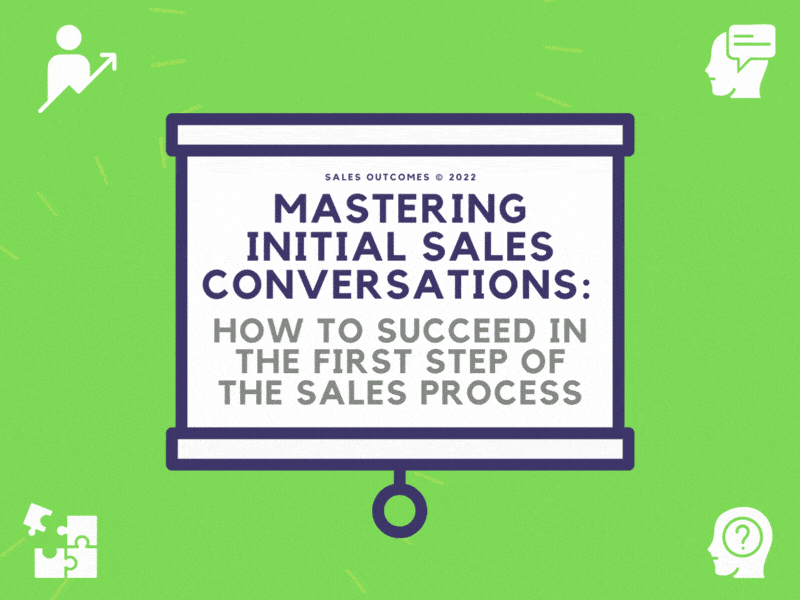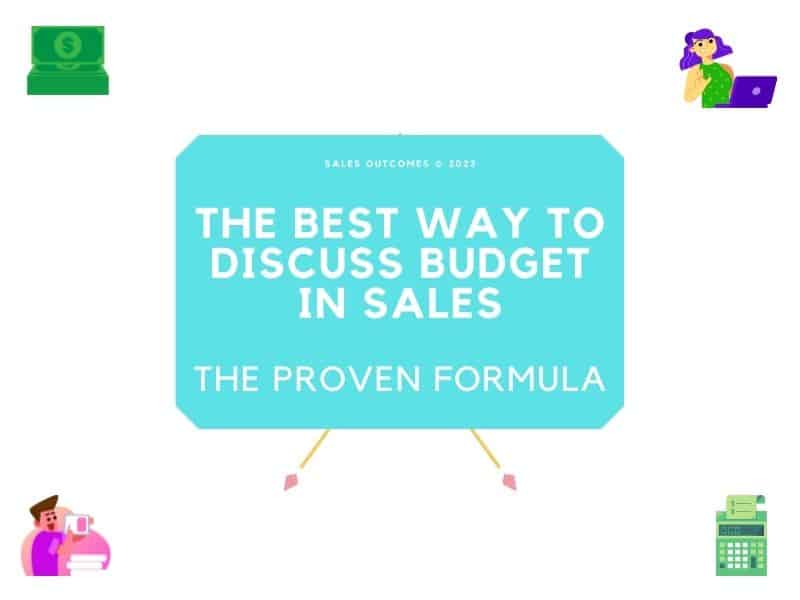Mastering Initial Sales Conversations: How to Succeed in the First Step of the Sales Process

It’s no secret that the first step of the sales process is often the most difficult – much of selling success hinges on a sales professional’s ability to lead an effective first conversation.
This blog post will discuss how to successfully navigate initial sales conversations, get the second meeting and accelerate the sales process.
Pre-Meeting Planning:
The more information you have before the initial meeting, the easier it will be to establish credibility and guide the discussion in the right direction. Researching the company and individuals, you will be speaking with is table stakes.
The essential part of the call planning process is to shape how to position your solution and provide specific examples of how you can address the business challenges the prospect is facing. If you convincingly do that, most people will warm up quickly to a more in-depth conversation.
Establish Rapport
Wikipedia summarizes Rapport as “A harmonious relationship in which the people or groups concerned are ‘in sync’ with each other and communicate smoothly.”
The friendly advice is to talk and take a few minutes to get to know individuals to put them at ease before you discuss your company or solutions. However, most buyers are busier than ever, and spending too much time attempting to build Rapport may give the impression you are more focused on getting them to like you rather than getting to the point of the meeting.
Salespeople need to “read the room” and assess the best approach for establishing Rapport. If the prospect joins the meeting “ready to go,” the salesperson needs to take the cue.
Set and Test the Agenda
Review your suggested agenda and the time you expect to spend on each item; before proceeding, test if the agenda aligns with how they want to spend time together. You may have suggested 30 minutes for a demo, but the prospect may be more interested in understanding how your solutions integrate with other solutions they have.
Testing the agenda with your prospect provides insight into their areas of interest. Accept their suggestions for modifying the agenda and ask why. The reasons for changing the agenda may give insight into their business challenges.
Flush Out The Current State
To efficiently understand their current situation, the salesperson must ask thoughtful, relevant, and interesting questions. Good questions guide the prospect to the business impact your company can provide to help them better achieve their goals, execute their plans, leverage their strengths, minimize weaknesses, and so on.
My favorite first question is: Can you share why you agreed to meet with us today?
It’s not unusual to get different answers if multiple people are in the meeting. The answers to the question will help the salesperson understand potential pain points and motivations for change.
The following questions the salesperson asks must align with the last questions’ responses. The more listening the salesperson does rather than talking will determine the success of the initial conversation.
Initial sales conversations can be stressful. But if you follow our recommended steps, you can increase the success of initial sales conversations.

